Updating the formats
Before we start typesetting the map for cars we decide to have another look at the map dimensions. Previously we had six different formats with different proportions for all car types.
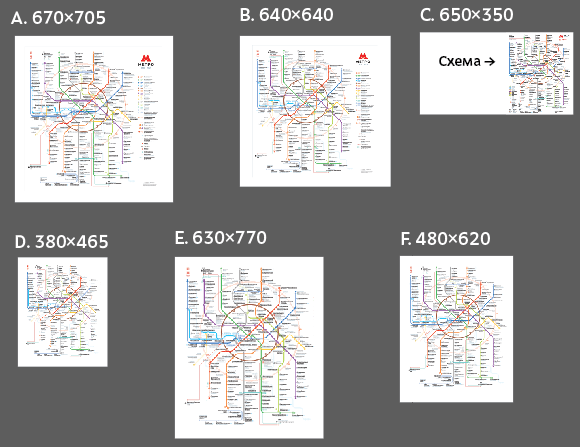
Such a variety is difficult to maintain which is why we decide to combine two formats (B and E which were created for Oka and Yauza type trains) and establish unified proportions. Using the DIN format as the base. Creating the base format.

Going to the Metro to try it out. We need to measure cars of three types: a numbered car, Oka and Yauza. To make sure nobody sees the new map before it’s time, creating a pixelized picture. It will work just fine to take measurements yet nobody will see anything they shouldn’t see.
As we measure, we realize that the A format for Ezh type cars and numbered cars must stay the same. We can’t adjust the height as the new map becomes too small in these dimensions.
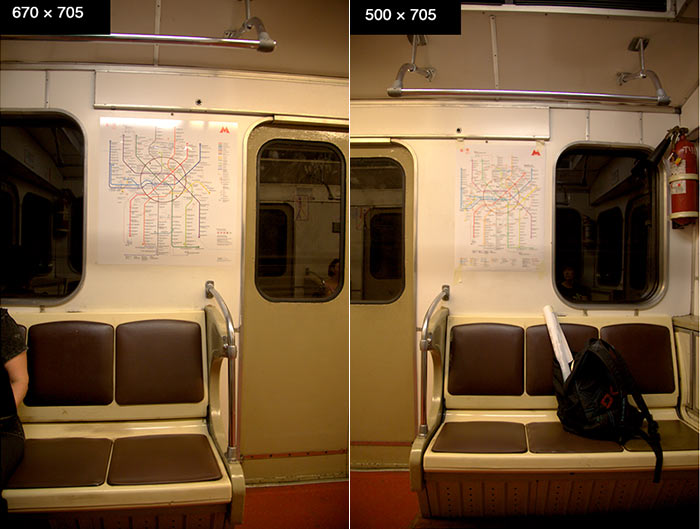
However, what we can do is combine the maps for Yauza and Oka. The existing formats for these trains are large and the map takes up the entire space between the door and the window. Making the new format slightly more narrow will make it better.
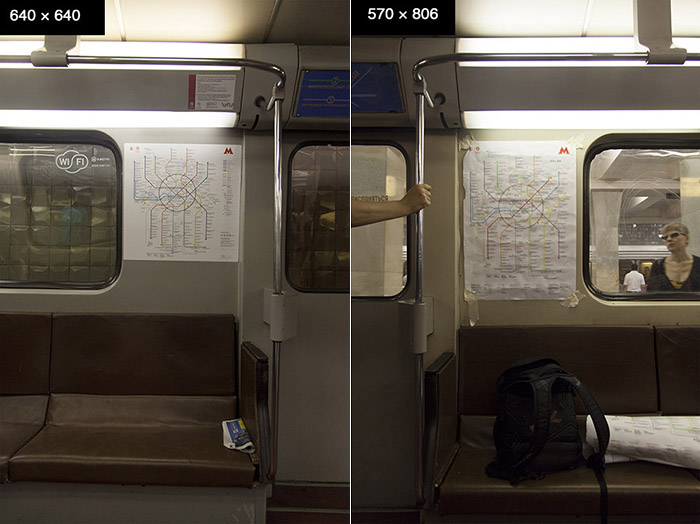
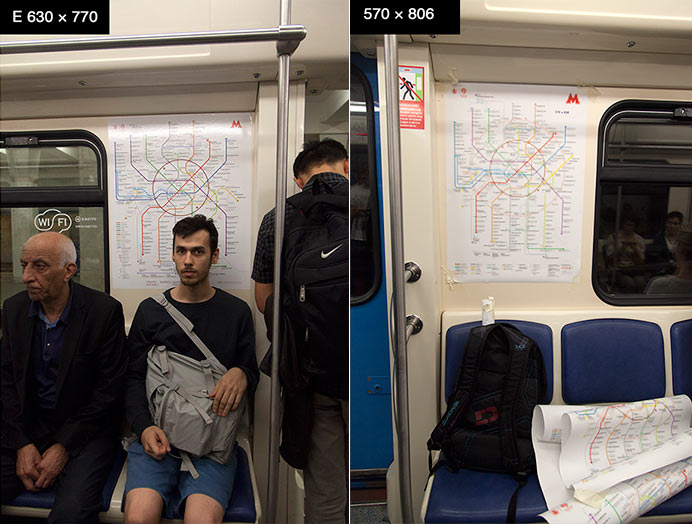
Maps for cars and SOS columns
After the new map was proofread by the editor and the translator, we typeset it in five formats for different cars (one with an advertising module), plus two formats for the SOS column.
Car maps now don’t have an alphabet index (though the SOS column maps still have it) but the dimensions of the maps stayed the same which resulted in the map spreading wide and high over the entire area.
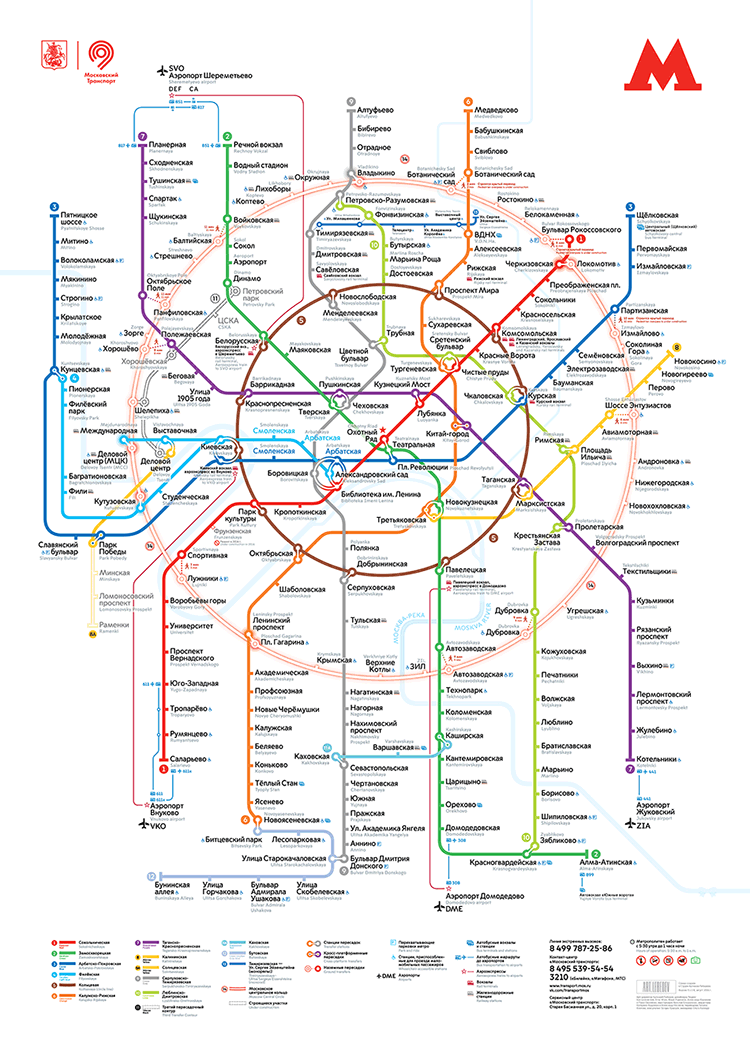
The legend hasn’t changed much: now it’s typeset in Moscow Sans and has the 14th Moscow Central Circle line while ground transfers and transport icons are colored in the signature Metro blue color. All maps for cars have the same type of legend, while the transparent map and the map for SOS columns have a different one.
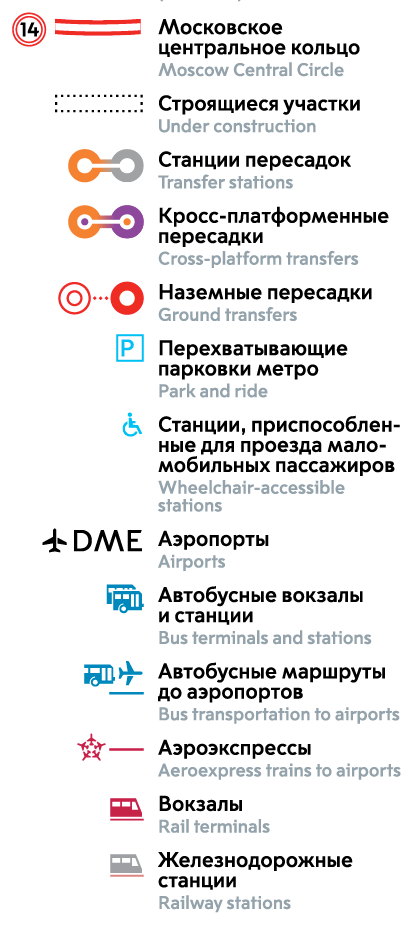
The footer has seen some minor changes too: now it has the standard Mosgortrans contact information block. On all maps it is either assembled in a stack or rolled out in a line.
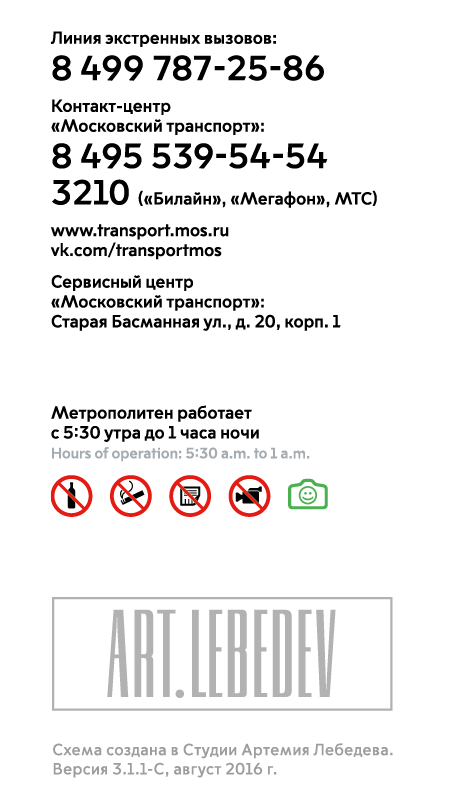
Typesetting maps with an index for the SOS columns. The index now includes the Moscow Central Circle and all stations that are still under construction. Placing the information block neatly in the center of the layout.
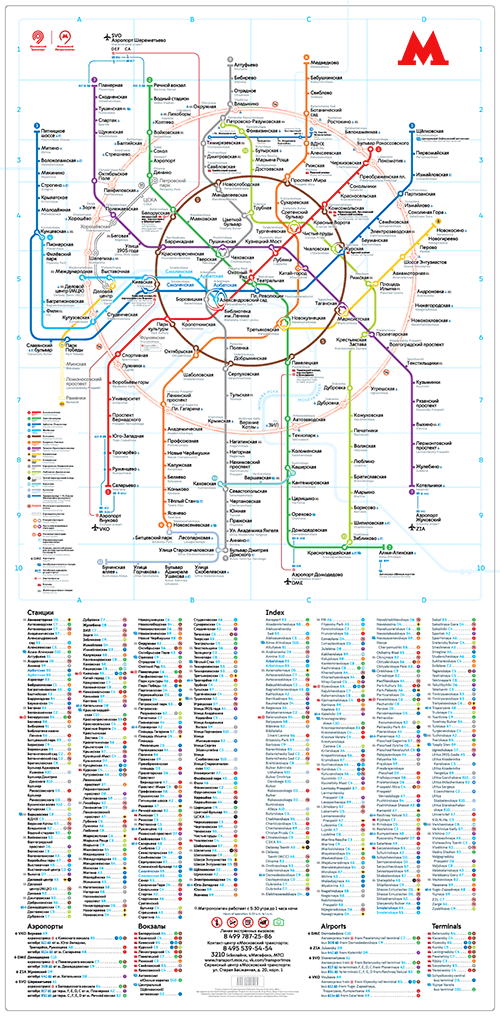
Typesetting all the formats and sending the map for printing.
Metro rules
Taking the most recent layout of the rules from the server, expanding the format and inserting the new rules added by the Moscow Government Resolution 452-PP dated July 21, 2015. Sending the text to the editor for proofreading. The typeface is now larger, the margins are wider, it looks beautiful!
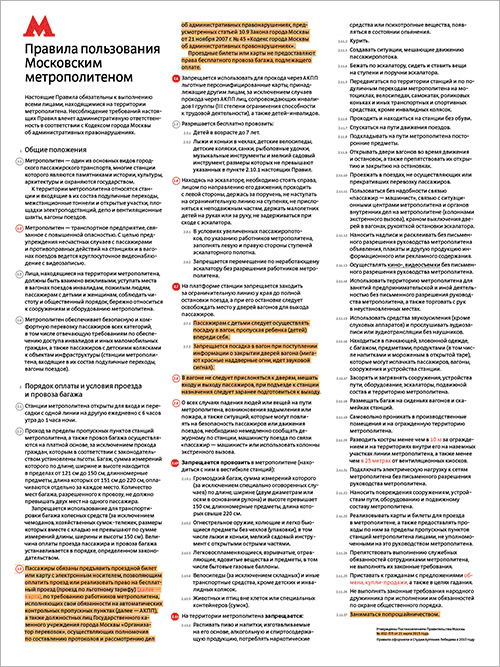
The designer suggests to make the heading shorter, the logo larger, to remove gray circles, use a single margin for all paragraphs and place the entire paragraph 2.13 in the third column. Perfection!
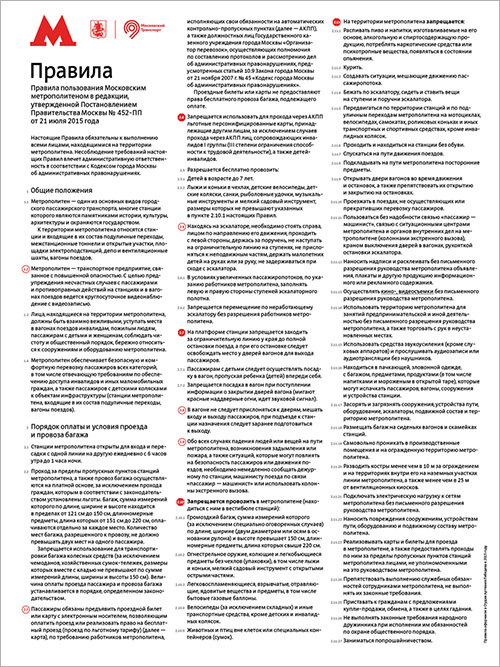
The client in ecstatic and asks to typeset the rules in a similar way for two more formats. And also to type them in Moscow Sans, just as the map itself.
Typesetting the rules in Moscow Sans, using a two-column layout for the narrow formats: shorter lines allow to decrease interline spacing and use a larger typeface size. The chief typesetter is satisfied with the result and suggests to have the heading span over both columns in the narrow format. This results in a rich and beautiful heading over two newspaper-like columns which is pure pleasure to look at. The designer approves the layout with a restrained OK. The editor rushes to check hyphenation in all three formats.
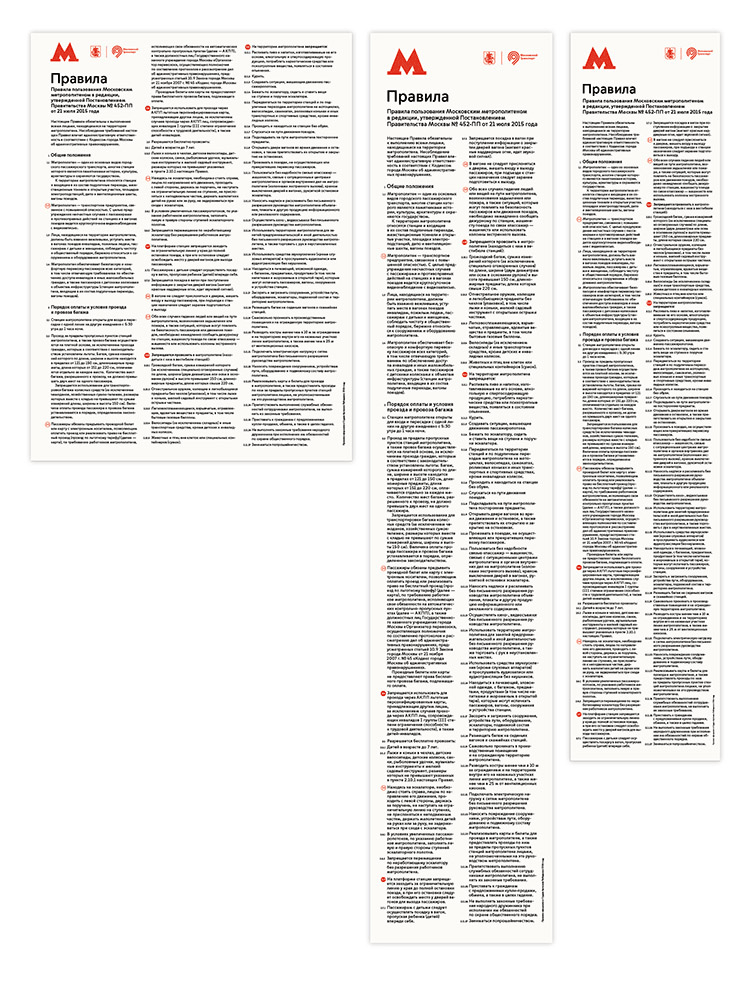
Soon a new request arrives from the client: the rules should match the style of the Moscow Transport brand. Making the required changes and sending them for printing.